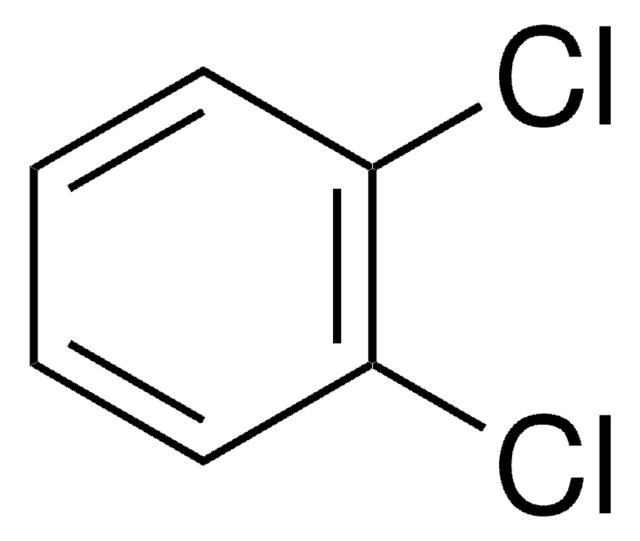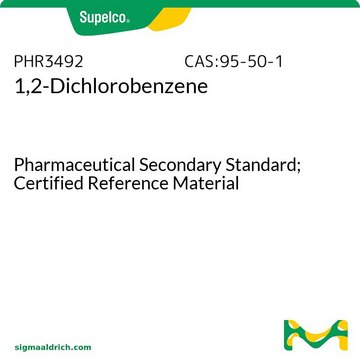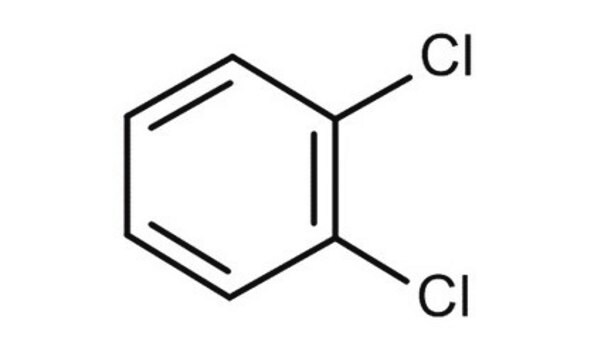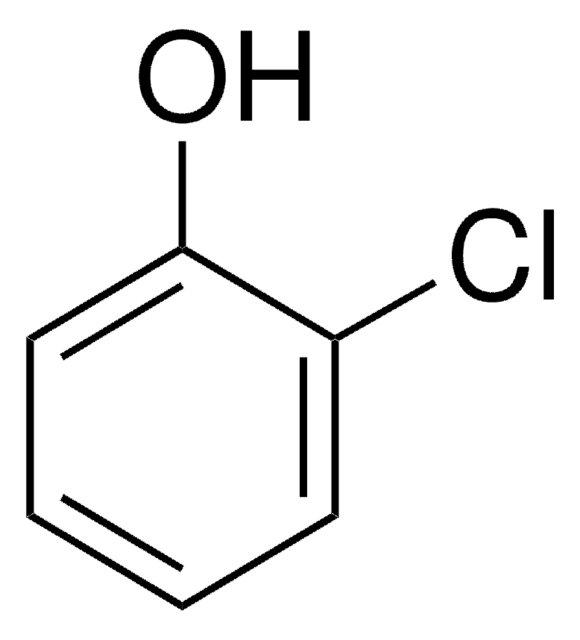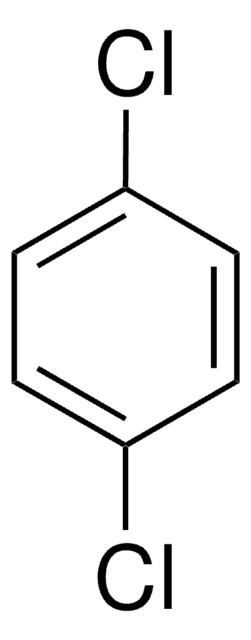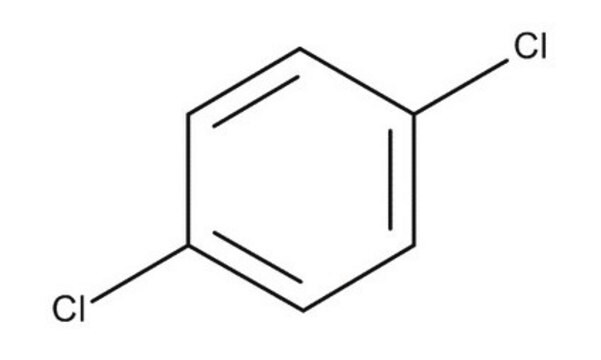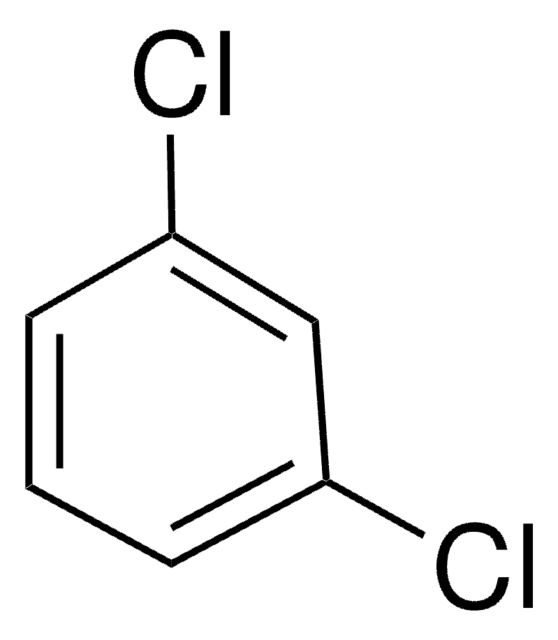36707
1,2-Dichlorobenzene
PESTANAL®, analytical standard
About This Item
Recommended Products
grade
analytical standard
Quality Level
vapor density
5.1 (vs air)
vapor pressure
1.2 mmHg ( 20 °C)
1.6 mmHg ( 35 °C)
product line
PESTANAL®
autoignition temp.
1198 °F
shelf life
limited shelf life, expiry date on the label
expl. lim.
9.2 %
technique(s)
HPLC: suitable
gas chromatography (GC): suitable
refractive index
n20/D 1.551 (lit.)
bp
178-180 °C (lit.)
mp
−18-−17 °C (lit.)
density
1.306 g/mL at 25 °C (lit.)
application(s)
agriculture
environmental
format
neat
SMILES string
Clc1ccccc1Cl
InChI
1S/C6H4Cl2/c7-5-3-1-2-4-6(5)8/h1-4H
InChI key
RFFLAFLAYFXFSW-UHFFFAOYSA-N
Looking for similar products? Visit Product Comparison Guide
Related Categories
Application
Legal Information
Not finding the right product?
Try our Product Selector Tool.
Signal Word
Warning
Hazard Statements
Precautionary Statements
Hazard Classifications
Acute Tox. 4 Inhalation - Acute Tox. 4 Oral - Aquatic Acute 1 - Aquatic Chronic 1 - Eye Irrit. 2 - Skin Irrit. 2 - Skin Sens. 1B - STOT SE 3
Target Organs
Respiratory system
Storage Class Code
6.1C - Combustible acute toxic Cat.3 / toxic compounds or compounds which causing chronic effects
WGK
WGK 2
Flash Point(F)
150.8 °F - closed cup
Flash Point(C)
66.0 °C - closed cup
Personal Protective Equipment
Choose from one of the most recent versions:
Certificates of Analysis (COA)
Don't see the Right Version?
If you require a particular version, you can look up a specific certificate by the Lot or Batch number.
Already Own This Product?
Find documentation for the products that you have recently purchased in the Document Library.
Customers Also Viewed
Protocols
US EPA Method TO-17: GC Analysis of Volatiles on VOCOL® after Collection/Desorption using Air Toxics Tube
US EPA Method 8260 describes the analysis of volatile organic compounds in solid wastes and ground waters. This application illustrates the analysis of many compounds commonly analyzed by this method using purge and trap coupled to GC-MS.
Our team of scientists has experience in all areas of research including Life Science, Material Science, Chemical Synthesis, Chromatography, Analytical and many others.
Contact Technical Service